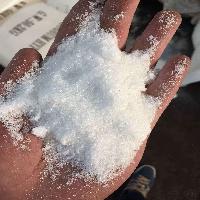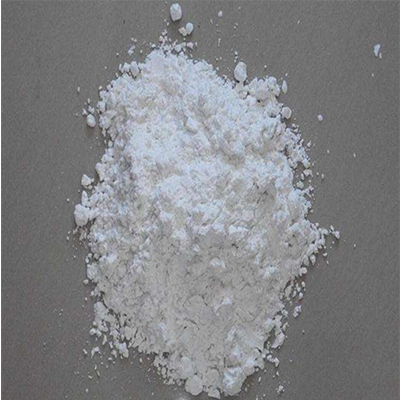-
Categories
-
Pharmaceutical Intermediates
-
Active Pharmaceutical Ingredients
-
Food Additives
- Industrial Coatings
- Agrochemicals
- Dyes and Pigments
- Surfactant
- Flavors and Fragrances
- Chemical Reagents
- Catalyst and Auxiliary
- Natural Products
- Inorganic Chemistry
-
Organic Chemistry
-
Biochemical Engineering
- Analytical Chemistry
-
Cosmetic Ingredient
- Water Treatment Chemical
-
Pharmaceutical Intermediates
Promotion
ECHEMI Mall
Wholesale
Weekly Price
Exhibition
News
-
Trade Service
Wollastonite, with chemical formula Ca(SiO3), is a type of calcium silicate that is widely used in the chemical industry.
It is known for its unique properties, which make it ideal for a variety of applications.
In this article, we will explore the upstream and downstream products of wollastonite, and how they are used in the chemical industry.
Upstream Products of Wollastonite
The upstream products of wollastonite are the raw materials that are used to produce it.
The primary raw material for the production of wollastonite is silica sand, which is abundant in many parts of the world.
Silica sand is mixed with a small amount of calcium carbonate and heated at high temperatures to form a slag.
This slag is then cooled and ground into a fine powder, which is the raw material for the production of wollastonite.
Downstream Products of Wollastonite
The downstream products of wollastonite are the products that are made from the raw material.
Wollastonite is used in a variety of applications in the chemical industry, including as a filler in the production of paint and coatings, as a flame retardant in plastics and textiles, and as a catalyst in the production of chemicals.
It is also used in the production of ceramics, concrete, and cement.
One of the most important downstream products of wollastonite is its use as a filler in the production of paint and coatings.
Wollastonite is added to paint and coatings to improve their properties and enhance their performance.
It is used to improve the flow and leveling of the paint, and to improve its pigment dispersion and stability.
This results in a more uniform and consistent product that performs better and has a longer shelf life.
Wollastonite is also used as a flame retardant in the production of plastics and textiles.
It is added to these products to reduce their flammability and improve their safety.
Wollastonite works by releasing water vapor when it is heated, which helps to suppress the combustion of the plastic or textile.
This makes it an important ingredient in the production of many types of plastics and textiles, including wire and cable coatings, electrical equipment, and automotive parts.
Another important downstream product of wollastonite is its use as a catalyst in the production of chemicals.
Wollastonite is used in the production of many different types of chemicals, including ethylene oxide, propylene oxide, and ammonia.
It is added to the reaction mixture to improve the efficiency of the reaction and to reduce the formation of by-products.
This makes it an important ingredient in the production of many types of chemicals, including surfactants, detergents, and polymers.
Wollastonite is also used in the production of ceramics, concrete, and cement.
It is added to these products to improve their strength and stability, and to reduce their porosity.
This makes it an important ingredient in the production of many types of ceramics, including glass, porcelain, and earthenware.
It is also used in the production of concrete and cement, which are two of the most widely used building materials in the world.
Conclusion
Wollastonite, with chemical formula Ca(SiO3), is a type of calcium silicate that is widely used in the chemical industry.
It is known for its unique properties, which make it ideal for a variety of applications.
The upstream products of wollastonite are the raw materials that are used to produce it, while the downstream products are the products that are made from the raw material.
Some of the most important downstream products of wollastonite include its use as a filler in the production of paint and coatings, as a flame retardant in plastics and textiles







